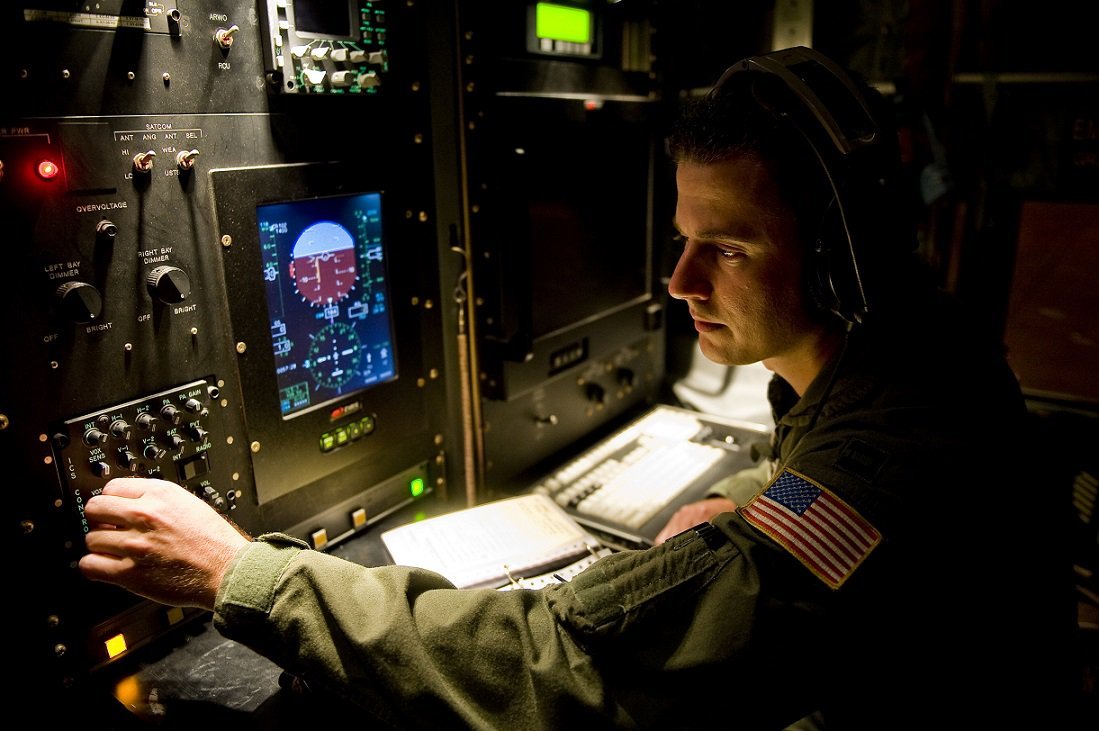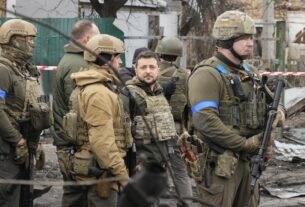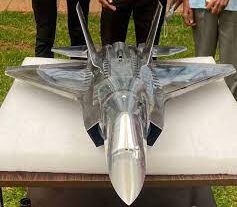Trends of Intelligence, surveillance and reconnaissance technology
The key determinant of success in conflict in the 21st century is likely to be the effective use of information, rather than brute combat power. Information, at least as much as hot lead and high explosive, will be a weapon of war. Precision engagement will demand precise information.
If one has to fight and win an ‘Information War’, one will need to achieve ‘Information Superiority’ — the ability to obtain precise, reliable information in a shorter time than the opponents.
Clearly, if the commanders are to make informed, battle winning decisions in such an environment, they will need access to the best possible information delivered in the fastest possible manner. Operating in the ‘Information Age’ will challenge 21st century decision makers.
In the future, the problem will be one of having to make decisions in the face of too much information, rather than too little. It is anticipated that the coming decade will bring a billion-fold increase in C4ISR data (computing power x bandwidth x sensor acuity).
To make sense out of this flood of information, the CF will have to create a new way of processing sensor and intelligence information, and of providing the results to commanders who must make timely operational decisions.
Recognizing these challenges, senior decision makers and policy analysts within the Department of National Defence have, over the past few years, begun to create a vision for the 21st century.
Many forces will be modern, globally deployable, and interoperable with many principal allies. One has to have adopted leading-edge doctrine and technologies and will have to operate in timely dissemination in order to provide decision makers with effective ‘Situational Awareness’.
It is important to note that at present there is no standard approved definition of ISR in any community or nation.
The key concepts to note in this definition are “integrated”, “timely” and “Situational Awareness”. Most importantly, ISR is a human process and a way of doing business as much as it is the adoption of particular sensor and information processing technologies.
What ISR is really about is the provision of the right information to the right people and places at the right time.
There has been little integration of military surveillance and reconnaissance capabilities with the full array of intelligence capabilities. Most of the modern armed forces are having strategic intelligence capability which is characterized by a degree of ‘stove piping’, in which different elements of the intelligence puzzle are collected, processed and disseminated to decision makers by intelligence exploitation centres operating in various degrees of isolation from each other.
Fusion of all the information generated and reported by these different sources has had to take place in the heads of senior decision makers.
This may have worked adequately in the past, but can no longer continue to do so in the information-saturated environment of today and the future.
There will be too much information, from too many sources, coming in far too rapidly, for decision-makers to have a manageable ‘Situational Awareness’ from which they can make truly informed operational decisions.
A long-term vision, by definition, provides broad, sweeping generalization. It provides the context from which specific capability improvements can be developed and implemented.
However, the Canadian Forces ISR Vision calls for an integrated system of capabilities that aims to provide commanders at all levels — tactical through to strategic — with the enhanced situational awareness they need to make better informed operational decisions.
The ISR Vision has identified a number of key improvements that need to be implemented in order to provide the CF with an integrated ISR capability.
At the heart of the Vision is the establishment of an ISR Fusion Centre capability. The existing separate, strategic-level, single-source sensor and information exploitation centres (at the very least, SIGINT, Imagery and Geomatics) would be co-located in a single facility.
The Centre would also be the focal point for the timely and systematic exploitation of open source material, which, at present, is barely handled anywhere within the community. Not only would the establishment of an ISR Fusion Centre create a single point for the exploitation and fusion of all-source information, it would also create the impressive synergy that arises from having a team of skilled and knowledgeable people working closely together on different aspects of the same problem.
This would truly be a case of the whole being greater than the sum of the individual parts. The proposed ISR Fusion Centre would operate on a ‘24 hours a day/7 days a week’ basis to create and maintain digitized Common Operational Pictures (COPs).
The envisioned COP of the 21st century will be a dynamic, digital and complete representation of the battlespace that will allow commanders at all levels to share a common understanding and situational awareness in near real-time.
The Fusion Centre would report directly to the DCDS, as the CF’s Chief Operations Officer. However, through the use of leading edge command and control information technology, its products would also be available on a continuous and near real-time basis to CF commanders at all levels and in all locations.
The Fusion Centre in Ottawa would be linked with existing operational fusion centres on the two coasts and in NORAD that, respectively, provide operational situational awareness concerning maritime and aerospace activity.
The Fusion Centre will be of little value if it does not have appropriate data and information to process. Improvements to the present CF ability to exploit space-borne imagery are already being addressed through Project Polar Star.
This will deliver enhanced capability in about the same time period as envisaged for the formation of the Fusion Centre. Therefore, logic suggests that the Fusion Centre should be the place to process this source of information.
Further investment in space-based surveillance capabilities beyond the time frame of the present CF Joint Space Project (of which Polar Star is just one part) will be required if the CF is to obtain the full range of benefits that can accrue from space-based surveillance and intelligence-gathering capabilities.
While space-borne intelligence collection will add greatly to the CF’s ability to understand the battlespace, it is well understood that no single source can ever provide complete understanding or entirely reliable information. Investment in other information sources and sensors will continue to be required.
One shortcoming in current CF information-gathering capabilities lies in the area of tactical/operational aerial reconnaissance.
To overcome this deficiency, the CF ISR Vision calls for the acquisition of a squadron of surveillance Unmanned Aerial Vehicles (UAVs). UAV technology has evolved rapidly in the past decade, and UAV-obtained information has been shown to be of great value in a number of recent operations.
More than fifty nations now operate UAVs for reconnaissance and surveillance purposes. Canada is not one of them, even though some Canadian companies have developed world-leading expertise in niche areas related to UAV technology; in particular, sensors and UAV command and control.
The capabilities desired for Canadian Forces UAVs include multi-sensor capability (optical, radar and infrared as minimum requirements) and long endurance (at least 24 hours).
The long endurance capability would permit UAVs to provide wide area surveillance and reconnaissance over, for example, Canada’s ocean areas of interest or the Arctic. Equally, long endurance offers the possibility of providing sustained or continuous surveillance over smaller areas in support of deployed CF operations.
Although no decisions have been taken regarding UAV types, capabilities or numbers, it is envisioned that Canada could achieve an operational capability with UAVs within two to three years of project approval being granted.
There are a large number of UAVs of widely varying capabilities available on the commercial market, some of which might meet Canadian Forces requirements. However, a number of areas related to UAV operation need to be resolved before full operational capability can be achieved, or even before the exact type and numbers to be acquired can be determined.
The areas that need to be examined include UAV flight operations, communication and command and control procedures, sensor operation and information processing, and personnel issues related to the flight and maintenance of UAVs, and to the processing and reporting of UAV-obtained surveillance and reconnaissance information.




